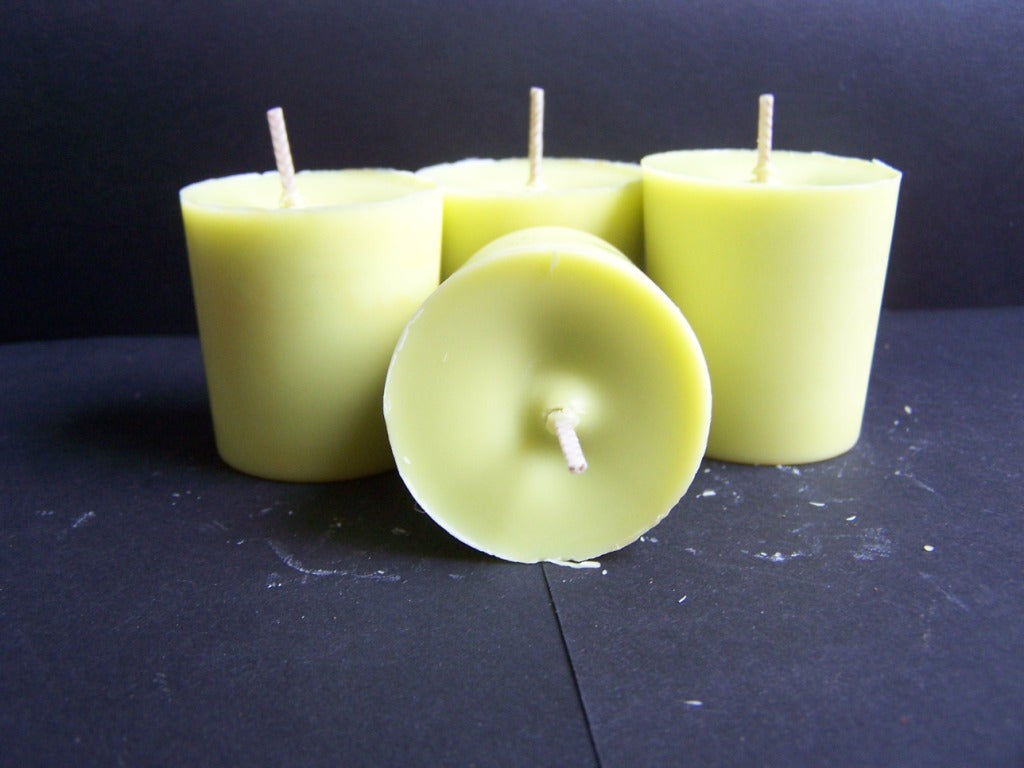From Wick to Wax: Comprehending the Chemistry Behind Soy Wax Candles and Their Environmental Impact
As we brighten our rooms with the warm radiance of candles, there lies a realm of elaborate chemistry behind the relatively easy act of lighting a soy wax candle. The option between soy and paraffin wax expands past simple aesthetics, delving right into the world of environmental impact and the extremely composition of the materials. Understanding the molecular structure of soy wax and its burning process clarifies the emissions released into our surroundings. Join us as we unravel the scientific intricacies behind soy wax candles and explore their ramifications on our environment.
Soy Wax Vs. Paraffin Wax
When contrasting soy wax and paraffin wax for candle making, it is important to recognize the unique features and benefits of each product. Soy wax is a natural, eco-friendly resource originated from soybean oil, making it eco-friendly and eco-friendly - crystal soy candles. In comparison, paraffin wax is a result of oil refining, which elevates worries concerning its environmental effect and sustainability
Soy wax candles melt cleaner and give off much less residue contrasted to paraffin wax candles, making them a healthier option for interior air quality. Furthermore, soy wax has a lower melting point, allowing for a longer-lasting candle light that disperses scent better. Paraffin wax, on the other hand, has a tendency to burn faster and less cleanly, potentially releasing harmful chemicals into the air.
From a sustainability perspective, soy wax is preferred for its biodegradability and renewable sourcing, straightening with the growing consumer preference for eco mindful items. While paraffin wax has actually been a conventional selection in candle making due to its affordability and simplicity of use, the change towards environment-friendly options like soy wax is gaining energy in the industry.
Chemical Make-up of Soy Wax

Combustion Refine in Soy Candles
The chemical structure of soy wax directly affects the combustion process in soy candles, affecting elements such as shed time, scent release, and ecological effect. When a soy candle light is lit, the warmth from the flame thaws the wax near the wick. This fluid wax is then attracted up the wick as a result of capillary action. As the liquid wax gets to the fire, it undertakes and vaporizes burning. The burning procedure entails the vaporized hydrocarbons in the wax reacting with oxygen in the air to generate warm, light, water candles vapor, and carbon dioxide.
The combustion efficiency of soy candles is affected by the purity of the soy wax and the top quality of the wick. A clean-burning soy candle with a properly sized wick will produce a consistent flame and decrease soot formation. This not just prolongs the melt time of the candle but likewise enhances the release of scents. In addition, soy wax candle lights have a reduced ecological effect contrasted to paraffin candle lights as a result of their sustainable and eco-friendly nature.

Ecological Benefits of Soy Wax

Taken into consideration a sustainable alternative to standard paraffin wax, soy wax supplies significant environmental advantages that make it a preferred choice amongst eco-conscious customers. One substantial advantage of soy wax is its renewable sourcing. Soy wax is originated from soybean oil, which is mostly grown in the United States. The growing of soybeans aids support regional farmers and decreases the dependence on non-renewable nonrenewable fuel sources used in paraffin wax manufacturing. Furthermore, soy wax is eco-friendly, meaning it damages down normally without launching harmful toxic substances into the atmosphere. This particular makes soy wax candle lights a much more eco-friendly option contrasted to paraffin wax candles, which are made from petroleum, a non-renewable resource. Additionally, soy wax burns cleaner and produces much less residue than paraffin wax, adding to much better indoor air high quality and minimizing the need for cleansing and maintenance. In general, the ecological benefits of soy wax align with the expanding demand for environmentally friendly and lasting items on the market.
Recycling and Disposal Factors To Consider
Recycling and appropriate disposal of soy wax candle lights play a critical function in maintaining environmental sustainability and decreasing waste in houses and communities. When it comes to reusing soy wax candle lights, the first action is to guarantee that the candle has actually shed completely.

In terms of disposal, if recycling is not a choice, soy wax candle lights are naturally degradable and can be securely dealt with in a lot of family waste systems. It is constantly advised to inspect with local reusing facilities or waste management solutions for details guidelines on candle light disposal to make sure appropriate handling and environmental defense.
Conclusion
To conclude, the chemistry behind soy wax candle lights reveals their ecological advantages over paraffin wax candles. Soy wax, stemmed from soybean oil, burns cleaner and creates much less residue when contrasted to paraffin wax. The burning procedure in soy candle lights is much more efficient, bring about a longer and extra also shed. Additionally, soy wax is eco-friendly and eco-friendly, making it a more sustainable choice for candle manufacturing. Recycling and correct disposal of soy wax candle lights even more add to their environmental influence.
When comparing soy wax and paraffin wax for candle light production, it is crucial to understand the distinct attributes and benefits of each product (home fragrance).Soy wax candles shed cleaner and discharge less soot contrasted to paraffin wax candles, making them a healthier option for indoor air quality.Taken into consideration a sustainable alternative to typical paraffin wax, soy wax uses significant ecological benefits that make it a preferred option amongst eco-conscious customers. Soy wax burns cleaner and creates less residue than paraffin wax, contributing to much better indoor air top quality and minimizing the need for cleaning and maintenance.In conclusion, the chemistry behind soy wax candle lights exposes their ecological advantages over paraffin wax candle lights